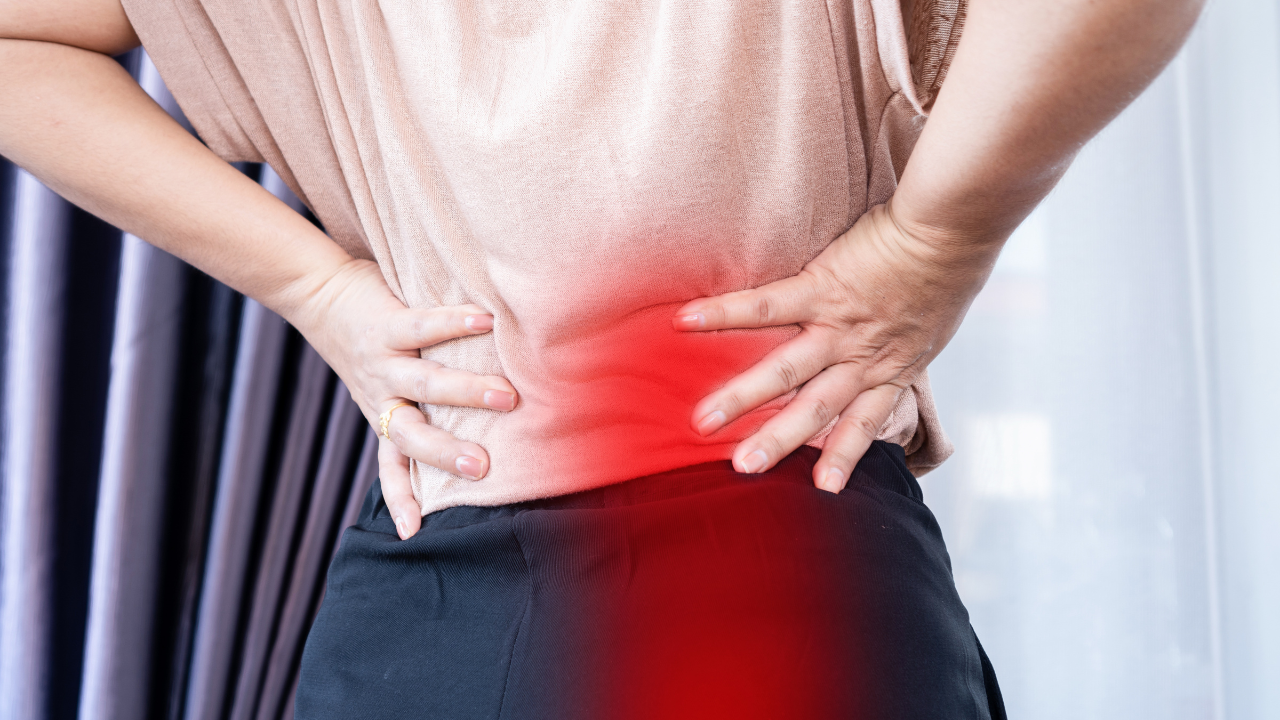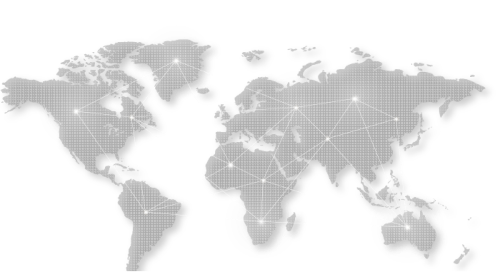
Back pain is a pervasive issue affecting millions of people worldwide, impacting their daily lives, productivity, and overall well-being. Whether it’s a sudden, sharp pain or chronic discomfort that lingers for months, understanding how back pain therapy works can be the key to finding lasting relief. In this article, we’ll dive into the methods and techniques commonly used in physical therapy to treat back pain, helping you gain insights into what you can expect from the healing process.
Understanding Back Pain and Its Causes
Back pain can arise from a variety of causes. It could be due to poor posture, overexertion, injuries, or underlying conditions such as arthritis, herniated discs, or sciatica. In many cases, the pain is not due to a single identifiable problem but rather the result of a combination of factors that place stress on the spine, muscles, and nerves.
Regardless of the cause, the discomfort can range from mild and intermittent to severe and disabling. This is where physical therapy steps in — aiming to relieve pain, restore function, and prevent future issues.
What to Expect from Back Pain Therapy
When you visit a physical therapy clinic like Thrive Physical Therapy, the first step is usually a comprehensive evaluation. This assessment involves discussing your symptoms, medical history, and lifestyle. Your therapist will also likely perform a physical examination to assess your range of motion, posture, and muscle strength. This detailed evaluation helps create a tailored treatment plan designed to address the root causes of your back pain.
Physical therapy typically involves a combination of techniques, each targeting different aspects of your condition. Here are the common methods and what you can expect from each:
Manual Therapy
One of the primary components of back pain therapy is manual therapy. This hands-on approach involves techniques such as joint mobilization and soft tissue manipulation. During a session, your physical therapist might use their hands to apply pressure to specific areas of your spine or surrounding muscles. The goal is to improve mobility, relieve muscle tightness, and reduce inflammation.
Manual therapy is particularly effective for treating conditions like herniated discs, muscle spasms, and stiffness. The gentle manipulation can provide immediate relief, and over time, it can help improve your posture and restore normal movement patterns.
Therapeutic Exercises
Another cornerstone of back pain therapy is therapeutic exercises. These exercises are designed to strengthen the muscles supporting your spine, improve flexibility, and increase overall stability. Physical therapists often recommend a variety of stretching and strengthening exercises tailored to your specific needs.
Core strengthening exercises are especially important, as a strong core can take much of the strain off the lower back. By strengthening your abdominal, oblique, and lower back muscles, you’ll not only experience less pain but also lower your risk of future injuries.
Stretching exercises play a vital role in relieving tightness, especially in the hamstrings, hip flexors, and lower back muscles. Physical therapists may guide you through stretches that target these areas, enhancing flexibility and reducing muscle stiffness.
Posture Correction
Poor posture is a leading cause of back pain, and addressing it is essential for long-term relief. Many people develop habits that place undue strain on their backs, whether it’s slouching at a desk, lifting improperly, or sleeping in positions that misalign the spine.
During physical therapy, your therapist will assess your posture and may recommend exercises or ergonomic adjustments to help correct these issues. You might receive guidance on how to sit, stand, and sleep in ways that minimize stress on your back. Posture correction techniques often involve strengthening the muscles that support your spine, particularly in the upper back, shoulders, and abdomen.
Modalities for Pain Relief
In some cases, physical therapists will use modalities to help manage pain and inflammation. These non-invasive techniques include heat and cold therapy, ultrasound, and electrical stimulation. Heat and cold packs are often applied to reduce inflammation and soothe aching muscles, while ultrasound therapy uses sound waves to promote healing at a deep tissue level.
Electrical stimulation, known as TENS (Transcutaneous Electrical Nerve Stimulation), is another option used to block pain signals and encourage muscle relaxation. These modalities are typically used alongside other therapeutic techniques to enhance their effectiveness and speed up the recovery process.
Education and Lifestyle Changes
Perhaps one of the most crucial aspects of back pain therapy is patient education. Physical therapists not only work with you on exercises but also educate you on how to protect your back in everyday life. Whether it’s teaching you proper lifting techniques or showing you how to adjust your workstation for optimal posture, learning how to prevent further strain on your back is key to long-term recovery.
Your therapist may also suggest lifestyle modifications, such as weight management, regular exercise, and better sleep hygiene, to further improve your spine health. These changes help maintain the progress you make during therapy and prevent the recurrence of pain.
The Role of Technology in Back Pain Therapy
Modern physical therapy clinics like Thrive Physical Therapy often incorporate advanced technology to enhance their treatments. Techniques like dry needling, which involves inserting fine needles into trigger points in the muscles, are becoming more common. This technique can relieve muscle tightness and improve blood flow to the area, aiding in the healing process.
Additionally, some clinics use motion analysis systems to assess how you move and identify any abnormal patterns that could be contributing to your pain. These tools help therapists create more precise treatment plans and monitor progress over time.

How Long Does Back Pain Therapy Take?
The duration of therapy varies depending on the severity of your condition, your goals, and how well you respond to treatment. Some people experience significant relief within a few sessions, while others may require longer treatment periods to achieve their desired outcomes.
Typically, therapy sessions are scheduled two to three times a week, with the therapist reassessing your progress and adjusting the treatment plan as necessary. Most patients can expect to see improvements in their pain and mobility after a few weeks of consistent therapy. However, for chronic back pain, ongoing maintenance exercises may be required to keep symptoms at bay.
The Benefits of Physical Therapy for Back Pain
Physical therapy offers numerous benefits when it comes to managing and overcoming back pain. One of the most significant advantages is that it provides a drug-free approach to healing. This is especially important for those who want to avoid the side effects associated with pain medications or who have not found relief through other treatments.
Additionally, physical therapy focuses on long-term solutions by addressing the root causes of back pain rather than just masking the symptoms. Through exercises, posture correction, and education, patients gain the tools they need to prevent future injuries and maintain a healthy spine.
For those suffering from chronic back pain or recovering from surgery or injury, physical therapy can also improve quality of life by reducing pain, increasing mobility, and restoring function. It empowers patients to take control of their healing process and helps them regain their independence.
Suggested Reading: How Physical Therapy Helps with Chronic Back Pain
Conclusion
Back pain therapy is a holistic process that involves a combination of techniques aimed at reducing pain, restoring mobility, and improving strength. Whether you’re dealing with acute pain or managing a chronic condition, physical therapy offers a comprehensive and effective approach to healing. The guidance of an experienced physical therapist, combined with the right exercises and treatments, can significantly improve your quality of life.
At Thrive Physical Therapy, you’ll find a team of dedicated professionals who will work with you to create a personalized treatment plan that targets your specific needs and goals. With their expertise and commitment to your recovery, you can expect a path toward a pain-free, active lifestyle.
To learn more about back pain therapy and how Thrive Physical Therapy can help you, visit https://thriveptclinic.com/.

